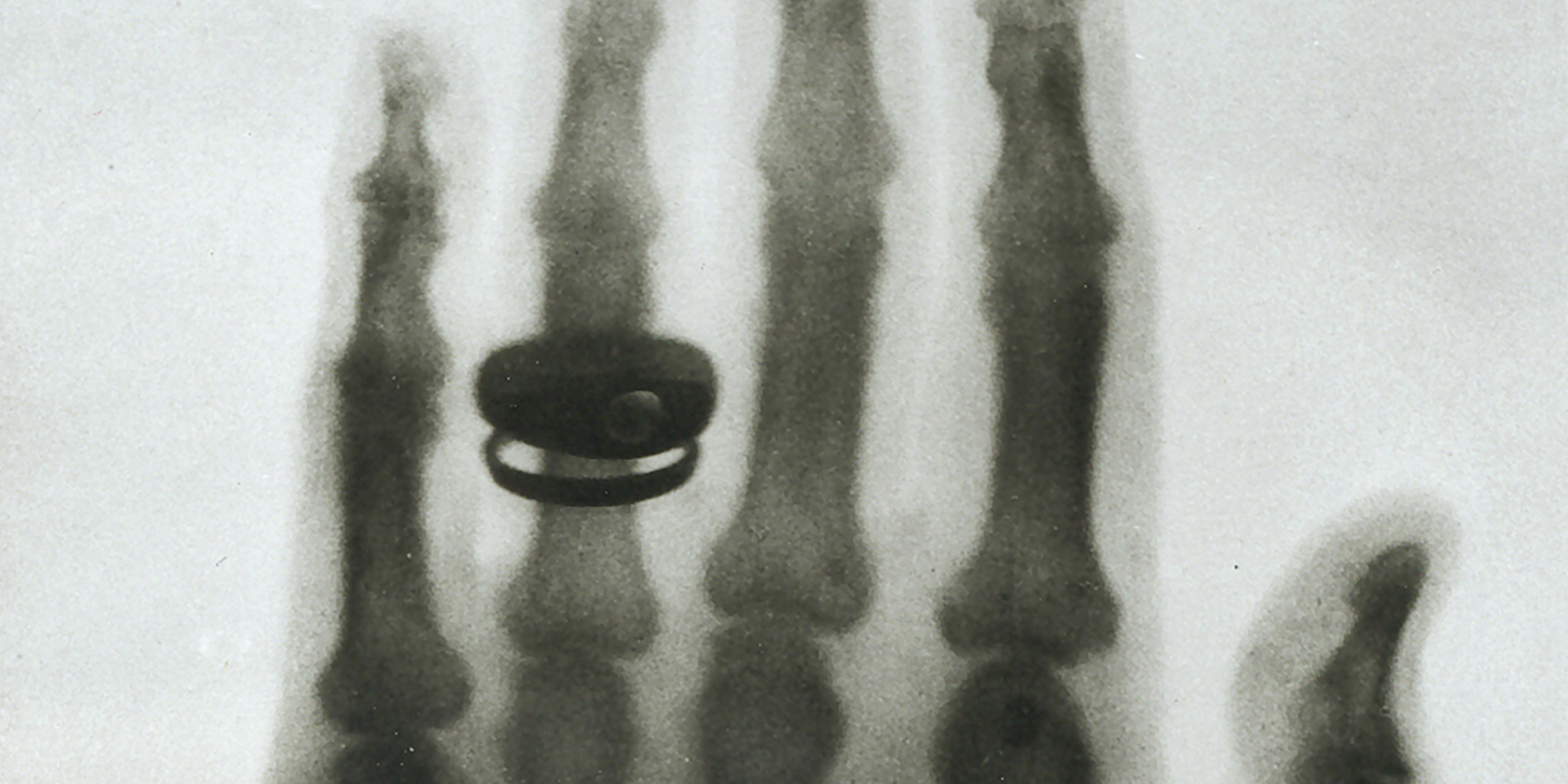New film: ‘Internal portraits’ in the past and present - X-ray technology on the “Magic Mountain” and ETH Zurich
“The Magic Mountain” is in more ways than one a testimony to the beginnings of X-ray diagnostics. What this means and how today’s research at ETH Zurich is advancing diagnostic technologies is the subject of a film by the Thomas Mann Archive.

In “The Magic Mountain”, early X-ray technology provides what the protagonist Hans Castorp describes as the ‘internal portraits’ of the sanatorium patients. The novel itself sheds light on the decadence of European society before the outbreak of the First World War. In the real world, the novel was inspired by the fact that Thomas Mann’s wife Katia Mann was diagnosed with tuberculosis and in 1912 underwent treatment in a Davos lung sanatorium.
What challenges did X-ray diagnostics face back then? How does today's medicine meet them? Marco Stampanoni, Professor of X-ray Imaging, and Julia Vogt, Professor of Computer Science at ETH Zurich, explain how current research at ETH will improve the treatment of patients. Find out about the connection between misdiagnoses, technological developments and the creation of a novel of world literature.
“The Magic Mountain” was published exactly one hundred years ago. We are celebrating this anniversary with a wealth of inspiring events and activities centred around Thomas Mann’s novel – at home and abroad, with films, readings and this year’s Thomas Mann Lecture on 3 December. Learn more about the Magic Mountain centenary.